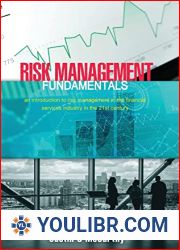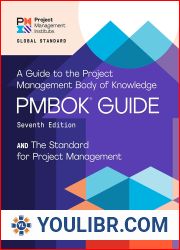
BOOKS - An Introduction to the Management of Complex Software Projects


US $5.59

252436

252436
An Introduction to the Management of Complex Software Projects
Author: Veljko Milutinovic, Filip Dordevic, Milos Kotlar, Jakob Salom
Year: 2024
Number of pages: 246
Format: PDF
File size: 10.1 MB
Language: ENG
Year: 2024
Number of pages: 246
Format: PDF
File size: 10.1 MB
Language: ENG
This book explores the challenges of managing software projects, such as changing requirements, uncertain technologies, and evolving user needs, provides strategies for addressing these and other emerging issues, and contains a number of eye-opening perspectives from experts in different fields. Instead of relying solely on traditional project management techniques, the book presents a holistic, adaptive, and flexible framework that takes into account the unique challenges of each particular case of software development. It recognizes that software development is a complex and creative process that involves people with diverse skills and personalities, and provides insights into how to motivate and manage teams, how to communicate effectively, how to automate processes, and how to deal with conflict and uncertainty, from computer engineering and mathematical logic, all the way to advanced geophysics and earthquake engineering. It provides a wealth of practical advice and guidance, as well as insights into the latest schools of thought related to software project management. This section is based on the practical implementation of the software solutions carried out in a Python environment with Keras and TensorFlow, as well as in the Matlab framework. The presented programming codes, based mainly on Artificial Neural Networks (ANNs) were formed for regression issues intended for predictive analyses, but the fundamentals can also be applied to classification problems with appropriate model adaptation. In addition, per the author’s selection, the basics for the application of some mentioned alternative techniques that are widely used in the construction industry such as Deep-Learning, Random Forest or Support Vector Machines are given, with detailed step-by-step instructions for building a full model with all phases of data processing and extraction of the results, applicable to a wide range of engineering tasks.














































